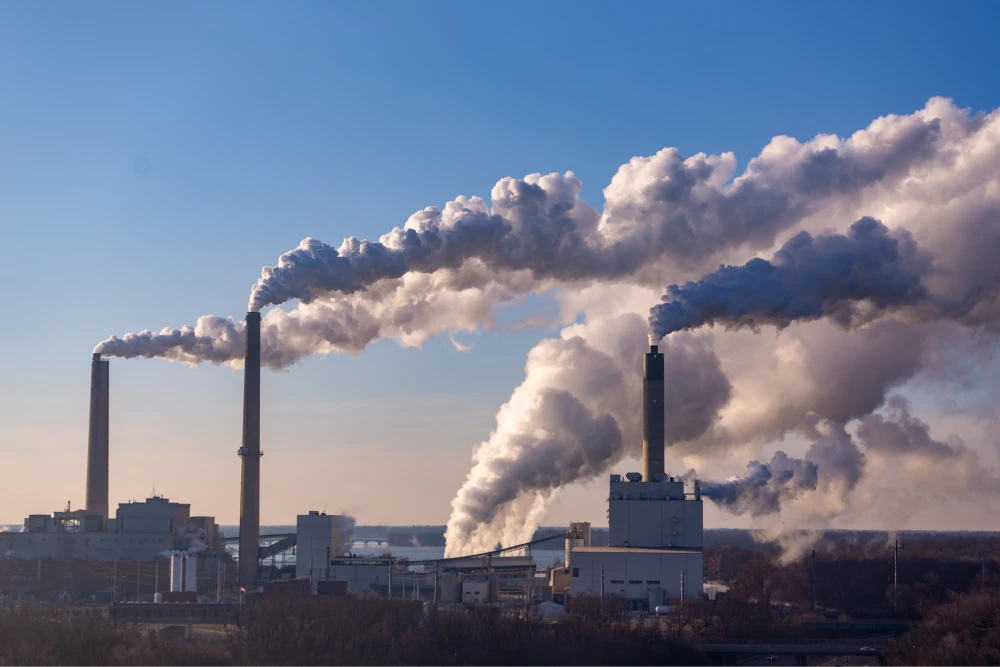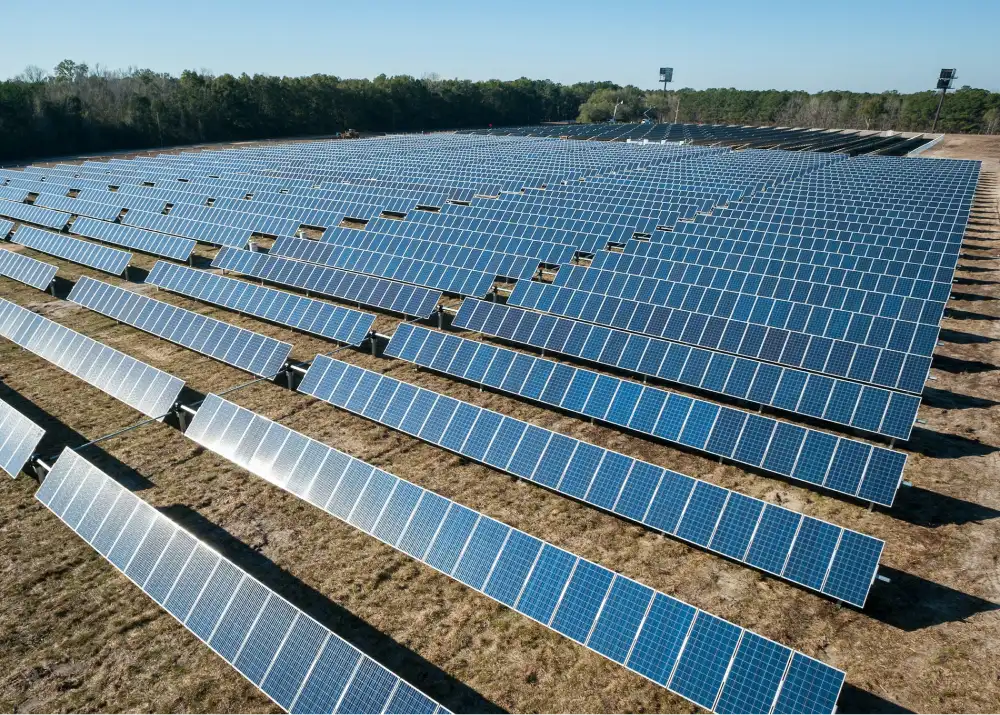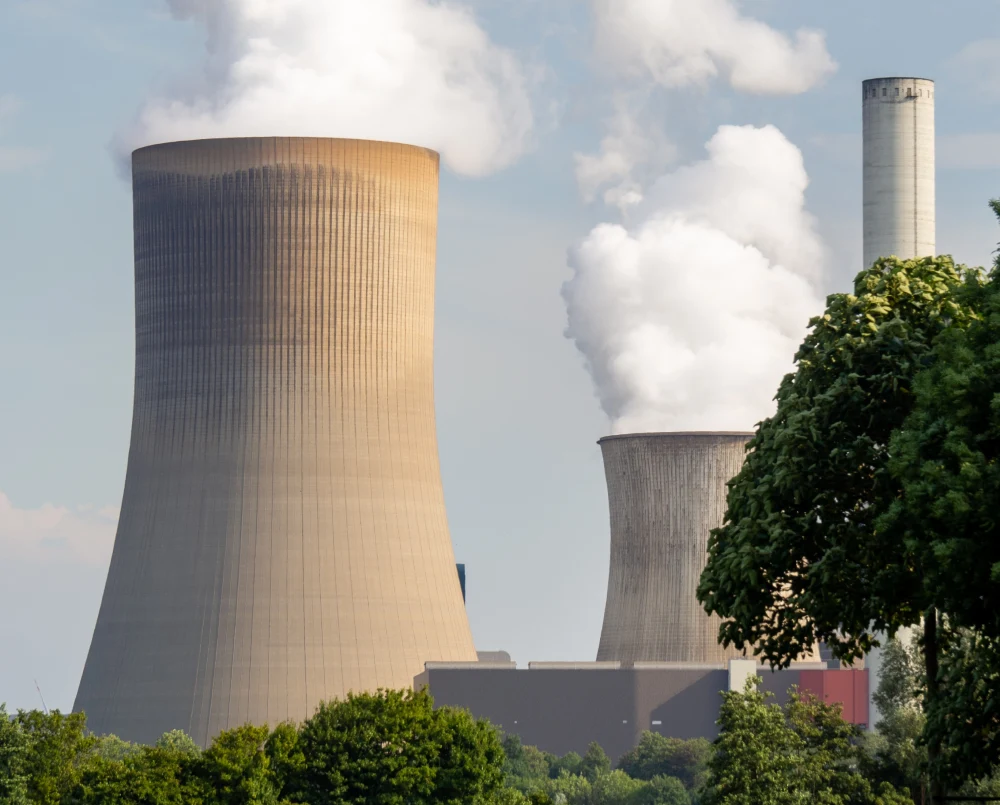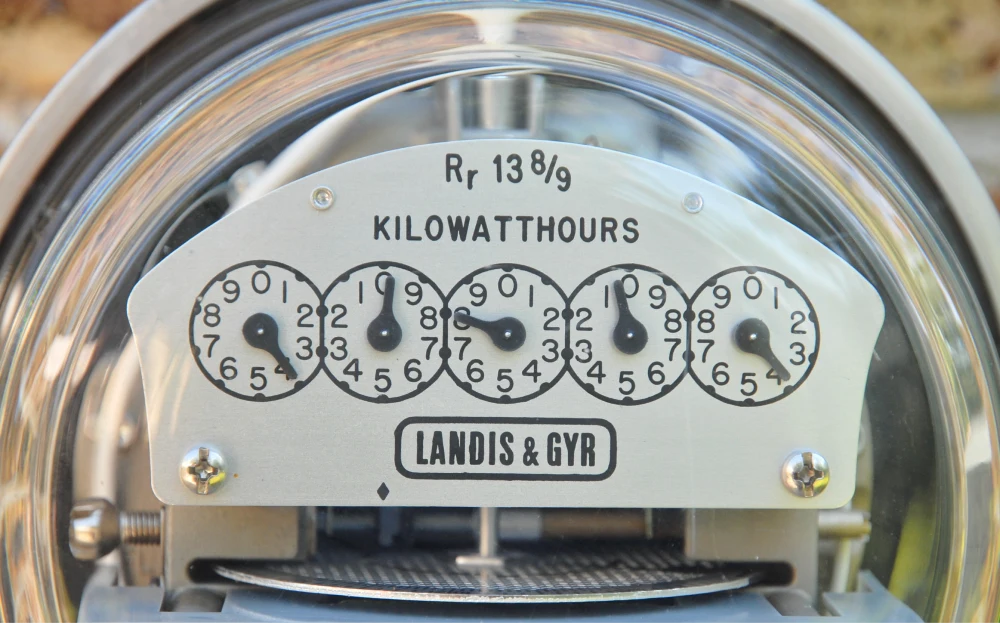Secrets Electricity Providers Don’t Want You to Know About Bill Credits
2 minute readBill credit plans may look tempting, but for most Texans, they’re not the smartest way to save. Opting for a
Home > Learning Center > How the Energy Industry Works > Are We Running Out of Fossil Fuels?
7 minute read • Last update January 2025

There’s no immediate concern that humanity will completely run out of fossil fuels. Still, given current proven fossil fuel reserves and consumption rates, a day looms when there may be no natural gas, oil, or coal left.
This imminent deadline, as well as the immense increases in greenhouse gas emissions from burning fossil fuels in the last 50 years, highlight the growing need to transition to a more renewable and sustainable energy mix as quickly as we can.
Fossil fuel reserves are those that are available for extraction and economically viable to extract. As reserves deplete, they become less available. Following economic principles related to supply and demand, lower reserves would drive up the prices of fossil fuels. If fossil fuel prices increase enough, then the companies that drill or mine for those fuels would be incentivized to tap into other basins of oil or coal that would not have made financial sense previously.
The expected date for the end of our use of fossil fuels varies by consumption rate and proved reserves of each fuel.
| Fossil Fuel | Estimated Years Remaining |
|---|---|
| Coal | 133-139 years |
| Oil | 47-56 years |
| Natural gas | 49-52 years |
According to the Energy Institute’s 2024 Statistical Review of World Energy, as analyzed by Our World in Data, there are 139 years left until we officially run out of coal. This estimate is based on current rates of coal consumption and known reserves, so the timeline is subject to change given serious adjustments to consumption rates and the discovery of new reserves around the globe.
Another estimate from Worldometer suggests that 133 years remain until the globe runs out of coal.
It must be noted that coal reserves are difficult to estimate because coal is mostly buried under the earth, so reserves could be higher than we assume. Additionally, burning coal emits an incredibly high amount of greenhouse gases, so there is a good reason for us to slow our consumption rate.
While the United States has significantly decreased rates of coal production and consumption in the last few decades, other countries around the globe (such as China and India) have scaled up their coal production and consumption as their populations and demand for energy grow.
The Energy Institute estimates that there are 56 years until oil reserves run out. Worldometer suggests an even shorter timeline of 47 years. Again, these timelines are based on current rates of consumption and known reserves of oil, so they are subject to change.
Unlike with coal, the United States shows little signs of slowing or halting the production of oil. Oil production in the United States has more than doubled in the last 20-odd years, from around 4,000 terawatt hours in 2000 to over 9,600 TWh in 2023.
Other countries around the globe are also scaling the production of oil, but the largest producers by far are the United States and Saudi Arabia.
Estimates for the depletion of natural gas reserves are similar to those of oil. According to the Energy Institute, about 49 years are remaining. Per Worldometer, there are 52 years left with our natural gas reserves.
The United States is both the largest producer and consumer of natural gas, with 38% used for electricity generation. In recent decades, the U.S. has shifted from coal to natural gas for energy production because natural gas is cheaper and cleaner burning.
Because natural gas burns so much cleaner than oil and coal, it is a great fuel to bridge the gap while we make the transition to more sustainable energy sources.

Yes, it should be possible for humanity to move away from fossil fuels. To transition away from fossil fuels, humanity must continue to invest in renewable energy, nuclear power, energy storage, and transmission infrastructure.
This transition will not be easy for several reasons:
While renewable energy sources are renowned for clean and efficient energy production, they are also intermittent (meaning they cannot always generate power) and expensive to install. There are also some pretty serious limitations on where they can be implemented.
If the sun were always shining and the wind always blowing, solar farms and wind turbines may be a near-perfect solution for the transition from fossil fuels. Unfortunately, that is not the case.
There’s also the issue that renewables are not net-zero on their own. The manufacturing and implementation of renewable power systems like solar panels require the mining of metals that can be harmful to the environment. For wind power, there is not yet a simple or cost-effective solution for turbine blades. Around the country there are several piles of hundreds of decommissioned wind turbine blades just sitting there, waiting to be recycled.
In the case of hydropower, there are some pretty significant geographic and logistical limitations to the implementation of hydroelectric dams, and wave and tidal power systems.
Locations for hydroelectric dams require specific:
Additionally, they cannot be located in areas that are more likely to be impacted by earthquakes, landslides, or other destructive natural disasters.
When it comes to wave power, the area must have consistent wind and waves, appropriate water depth and seafloor geology, and must not be in the path of regular severe weather such as hurricanes and tropical storms.
For tidal power systems, a significant height difference between high and low tides is required. This severely limits the viability of many coastlines.
Energy storage technology is essential for storing excess energy generated by solar and wind farms. At the moment, energy storage technology is expensive and difficult to scale.
Further innovation and advancement in energy storage are crucial to the widespread adoption and implementation of utility-scale batteries.
Luckily, these advancements are happening right now. Lithium-ion batteries have improved significantly in recent years, but now scientists are developing storage solutions with higher energy density and longer storage duration such as solid-state batteries, flow batteries, and sodium-ion batteries.
Energy storage is not the only thing holding back the further widespread adoption of renewable power generation. Grid operators around the globe will need to invest heavily in transmission infrastructure. Grids around the globe are not prepared to handle the intermittency and variability of renewable power sources, nor are there enough miles of power lines to deliver power from those sources long distances where the power is needed most.
Texas, for example, has begun to invest in upgraded energy infrastructure in recent years — largely as a result of the grid’s failure during the Winter Storm Uri in February 2021. Texas has implemented new winterization and weatherization standards with penalties for non-compliance. ERCOT has integrated smarter grid management into their processes, such as enhanced demand forecasting, scheduled power generation, increased reserves margins, and improved real-time monitoring. The state’s power grid is also a leader in solar and wind power and is slated to launch several more megawatts of energy storage capacity in the next few years.
Nuclear power has pros and cons. The pros? Nuclear power plants are reliable, efficient, and clean. Plus, they are very well suited for generating baseload power. However, nuclear power plants are generally considered the most expensive to implement, with costs in the billions. Not only are the costs exorbitant, but they can take up to 15 years to begin generating electricity.

The fossil fuel industry is deeply embedded in the world economy. Governments and organizations with a vested interest in continuing to invest in fossil fuels are resistant to the transition to renewables. Governments around the globe continue to offer subsidies that support the production and consumption of coal, oil, and natural gas.
There is a bright side to this. As renewable and energy storage technology continues to improve, becoming more efficient and affordable, the powers that be are more likely to begin investing in these fossil fuel alternatives. This, along with pressure from international organizations like the United Nations Framework for Convention for Climate Change (UNFCCC) and the Intergovernmental Panel on Climate Change (IPCC), environmental advocacy groups such as the Sierra Club, climate scientists and academia, and grassroots movements like the Sunrise Movement, can continue pushing things in the right direction.
In 2023, the world generated 30% of its electricity from renewable sources. That’s an increase of 10% since 2011. Per the International Energy Agency, renewables should make up over one-third of the global energy mix in 2024.
By 2028, the IEA estimates that just over 41% of all electricity generated will come from renewables.
There are several ways an individual can support the transition to renewable energy:
Interested in signing up for a 100% renewable home energy plan? Enter your zip code to find affordable fixed rates in your area. BKV Energy’s Bluebonnet Green plan is packed with benefits such as a 30-day risk-free trial, a loyalty and rewards program, and no unnecessary fees like monthly base charges.
Graham Lumley, Digital Marketing Manager at BKV Energy, leads digital and traditional marketing strategies, focusing on educating Texans about the state's deregulated energy market. With over 8 years of marketing experience, he creates content to help consumers understand and save on their energy bills, bringing a fresh and dynamic approach to the industry.

Bill credit plans may look tempting, but for most Texans, they’re not the smartest way to save. Opting for a

Kilowatt-hours: everything you need to know A kilowatt-hour (kWh) is a unit of energy used to measure electricity consumption. It
Get $50 off your electric bill!
Use code BKVEJOINUS50
Enter your zip code to shop BKV Energy's affordable, fixed-rate Texas electricity plans. Use the promo code for $50 off your electric bill.